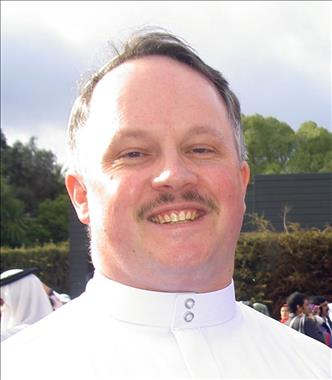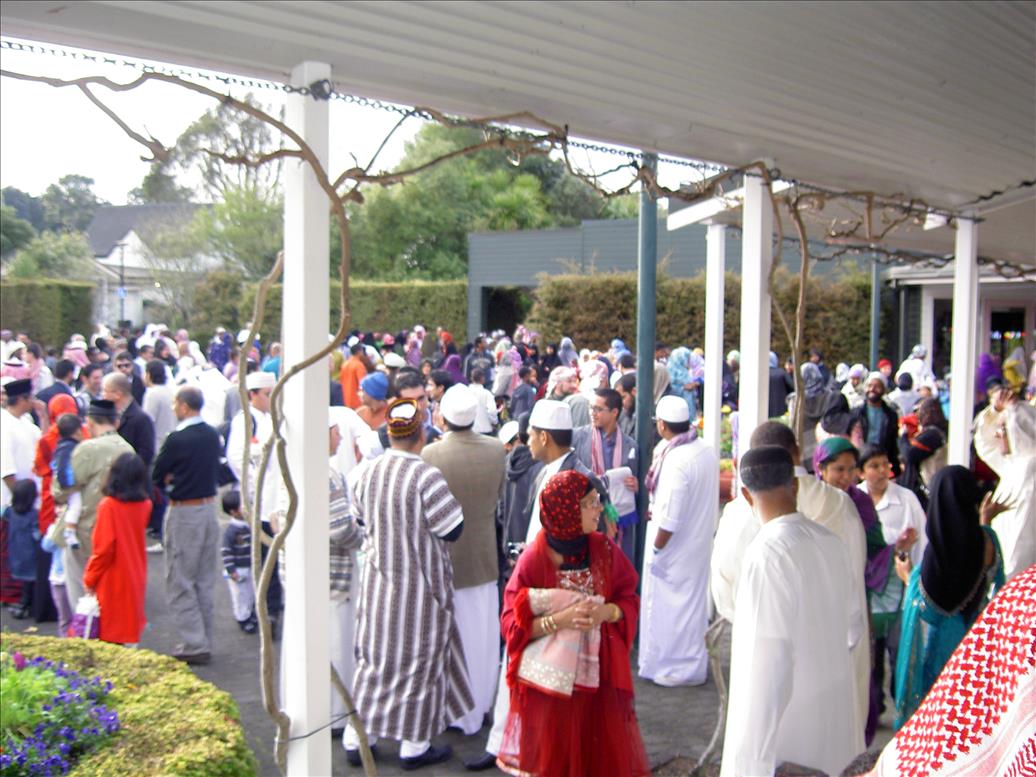 The Islamic month of fasting, Ramadan, is a time for abstinence, prayer, Quran recitation and spiritual patience.
The Islamic month of fasting, Ramadan, is a time for abstinence, prayer, Quran recitation and spiritual patience.
The Festival of Fast-Breaking or Eid al Fitr marks the end of Ramadan and this is expected to be observed at the end of the last week of July this year.
There is a universe of representative discourse peculiar to the discussion on Eid.
As we observe the same arguments repeated, we must admit that the terror of intellectual anthropophagy is seldom far away.
Many Islamic scholars believe that fasting extols and exemplifies basic spiritual objectives, subordinating physical desires to personal self-discipline for theological aims.
 In his book ‘The Islamic Declaration,’ Alija Izetbegovic of Bosnia stated unequivocally, “Do we want the Muslim peoples to break out of the cycle of dependence, backwardness and poverty? Then we can clearly show the way which leads to this goal, the generating of Islam in all areas of personal individual life, in the family and the society, through the renewal of Islamic religious thought and the creation of a unified Islamic community from Morocco to Indonesia.”
In his book ‘The Islamic Declaration,’ Alija Izetbegovic of Bosnia stated unequivocally, “Do we want the Muslim peoples to break out of the cycle of dependence, backwardness and poverty? Then we can clearly show the way which leads to this goal, the generating of Islam in all areas of personal individual life, in the family and the society, through the renewal of Islamic religious thought and the creation of a unified Islamic community from Morocco to Indonesia.”
Eid Psychology
Eid al Fitr celebrates not only the end of Ramadan but also the communal features and intergenerational psychology of the fast, which conveys many of the core values of the Islamic society such as empathy for the poor and needy, faith and charity, worship and prayer, determination and patience, and so forth.
Fasting teaches a Muslim to ignore or avoid worldly temptations and focus on a religious rejuvenation, strengthening the individual’s commitment to Almighty Allah.
Muslims are not allowed to fast on Eid Day (the only day on the Islamic Calendar) as it inaugurates a holiday that the entire Islamic community should enjoy and share in unified fraternity.
Eid Prayers
Muslims are expected to fast during the entire month of Holy Ramadan and pay Zakat (annual charity) and the Sadaqat Al Fitr before performing the Eid prayers.
 The Eid dictates a specific prayer involving two Rakats (bowing) early in the morning. Whilst it may be held at home, it is more commonplace, even in New Zealand, for it to be performed en masse in congregation (Jama’at) lead by the local Mullah or a respected community elder either at a Mosque, in a large hall or even in an open field, depending on the number of people.
The Eid dictates a specific prayer involving two Rakats (bowing) early in the morning. Whilst it may be held at home, it is more commonplace, even in New Zealand, for it to be performed en masse in congregation (Jama’at) lead by the local Mullah or a respected community elder either at a Mosque, in a large hall or even in an open field, depending on the number of people.
The Special Prayer also involves six extra Takbirs (raising one’s hands to the ears and pronouncing ‘Allāhu Akbar’), three of them in the start of the first Raka’ah and three of them just before Ruku in the second Raka’ah.
After the prayers, Muslims will greet one another ‘Eid Mubarak’ (Eid Blessings) in Arabic. In Turkey, where Arabic expressions are less common, the popular phrase is ‘Bayramınız Mubarak Olsun’ and Bosnian Muslims commonly say ‘Bayram Sharif Mubarak Olsun.’
Eid Charity
In New Zealand, Eid al Fitr is a time to give charity to the poor and needy, and celebrate the occasion with family and friends the completion of a month of spiritual blessing.
Our personal anxieties are transcended like Floccinaucinihilipilification.
It is also an adumbration of the future and thus a time to consider the past and reflect upon the lessons thereof in order to plan for the future.
Hajji Abdullah Drury evinces deep interest in Islamic research, leading to a number of literary works that stimulate the human thought. His book, ‘Islam in New Zealand’ narrates the life and journey of Muslims since their arrival more than 100 years ago. Copies of the Book can be purchased from Mr Drury who lives in Hamilton. Email: abdullah@xtra.co.nz
Photo :
1. File photo of Eid Al Fitr marked in Hamilton Gardens
2. File photo of Muslims going for Eid prayers in Christchurch
(Pictures by Abdullah Drury)






